I have been teaching this style of flyfishing for well over 2 decades now.
It combines Streamcraft, fitness, and pure technique in casting and line management.
The use of a short fly rod of 7′ or less is perfect for this style of fishing.
A 2wt or 3wt is ideal in the tight quarters and being able to reach the tip of your rod while still holding the cork grip is a great advantage as you can get control of your line instantly and easily.
An aggressive style head on your line is also advantageous as you rarely get more than 20cm of flyline out of the end of your rod.
generally a leader of 8ft is ideal and you can vary the length via addition of tippet in various lengths.
Fly choice varies depending on what is about at the time on and near the water.
Something with a colored post is great as being able to see your fly in low light and at a low angle will assist you in spotting any takes.
Clothing should be something that is easy to move about in as well as fast drying so you don’t get cold during the day as you are not always in sunlight.
Something that you can move freely in is important as you will end up in some tight places that you will need to crouch, stretch and climb about in.
Stealth is a very important part of this style of flyfishing as in most cases you are in the stream for the majority of the time.
Slow and controlled movements are required so as not to be seen by the trout and spook before you get a chance to cast to them.
The Bow & Arrow cast is the foundation to this style of fishing.
Being able to put your fly within centimeters of your target can make the difference between catching a fish or catching a branch.
Being able to Roll Cast and Steeple Cast also comes into play.
Minimal false casting so as not to spook the fish or get hooked up in the foliage is important.
Seriously; If you are only casting 12 feet at most from rod tip to fly. Why do you need to false cast at all?
having a plan as to what you are going to do before making a cast or even before you approach the water is critical to success.
Watching the flow of the different currents is another thing you should spend time on so you know how those currents will pull on your line and fly and also where to position yourself for the cast so you get the best possible drift with the least amount of drag.
before you make your cast, you have to know how you will strike if a fish takes your fly.
The last thing you want is to lift your rod to set the hook and snap your rod on a branch just overhead that you didn’t notice.
Another important factor is having an exit plan.
Knowing how to get out of the stream and back to the car before dark.
Either heading back downstream to your entry point or knowing the area well enough that you have a get out point after so many hours.
Carry a torch and a pair of secateurs which can come in handy to cut through sections of blackberries.
I also carry a first Aid kit which includes snake bite bandages.
If you have to head back downstream for your exit; I advise you to set an alarm on your watch or phone so you have enough time to get out before darkness falls.
Trust me: You do not want to get caught out in an overgrown stream in the dark without a torch.
It is very hard to find your way back with just a cigarette lighter 😉
Drop me a message or email if you wish to book yourself a day or two exploring and learning on these small waters.
All gear can be organised if you don’t have your own.
I can also put together a Rod, Reel & Line Package to suit your budget and fishing style.
Tight Lines; Scottie




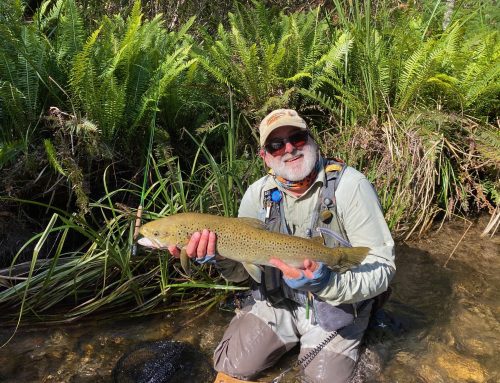
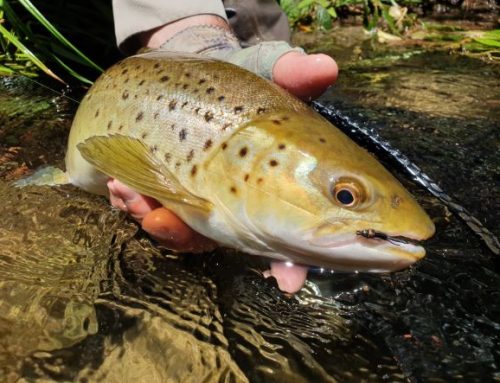
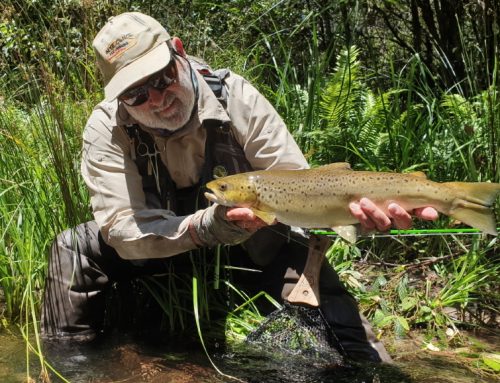
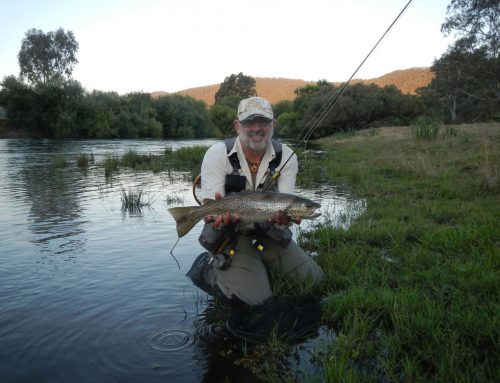
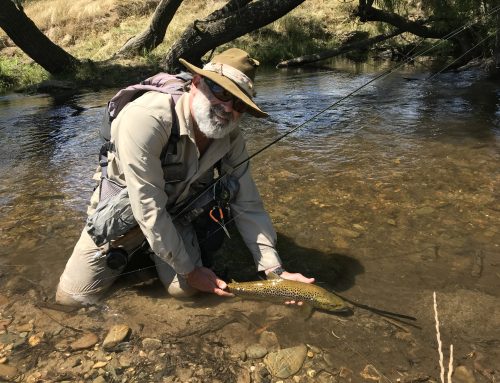
Leave A Comment